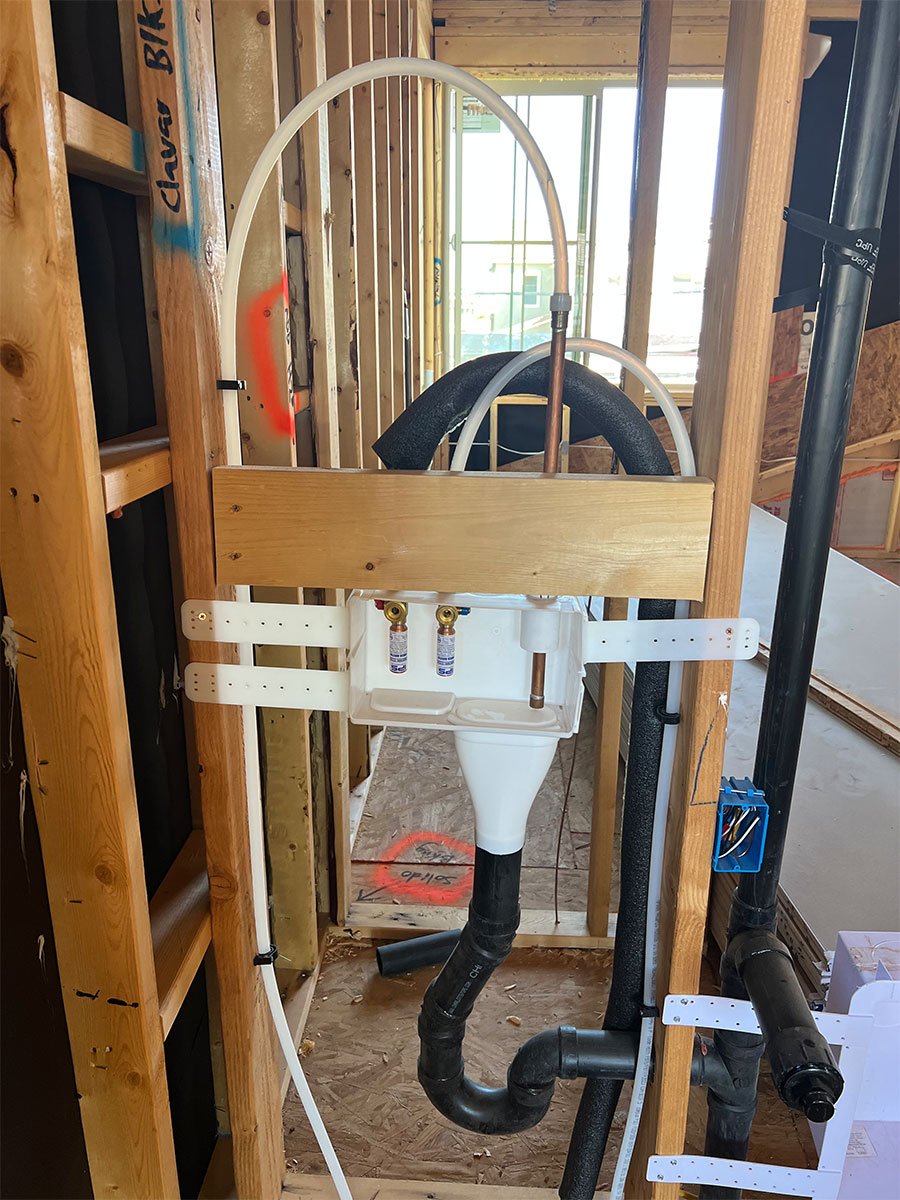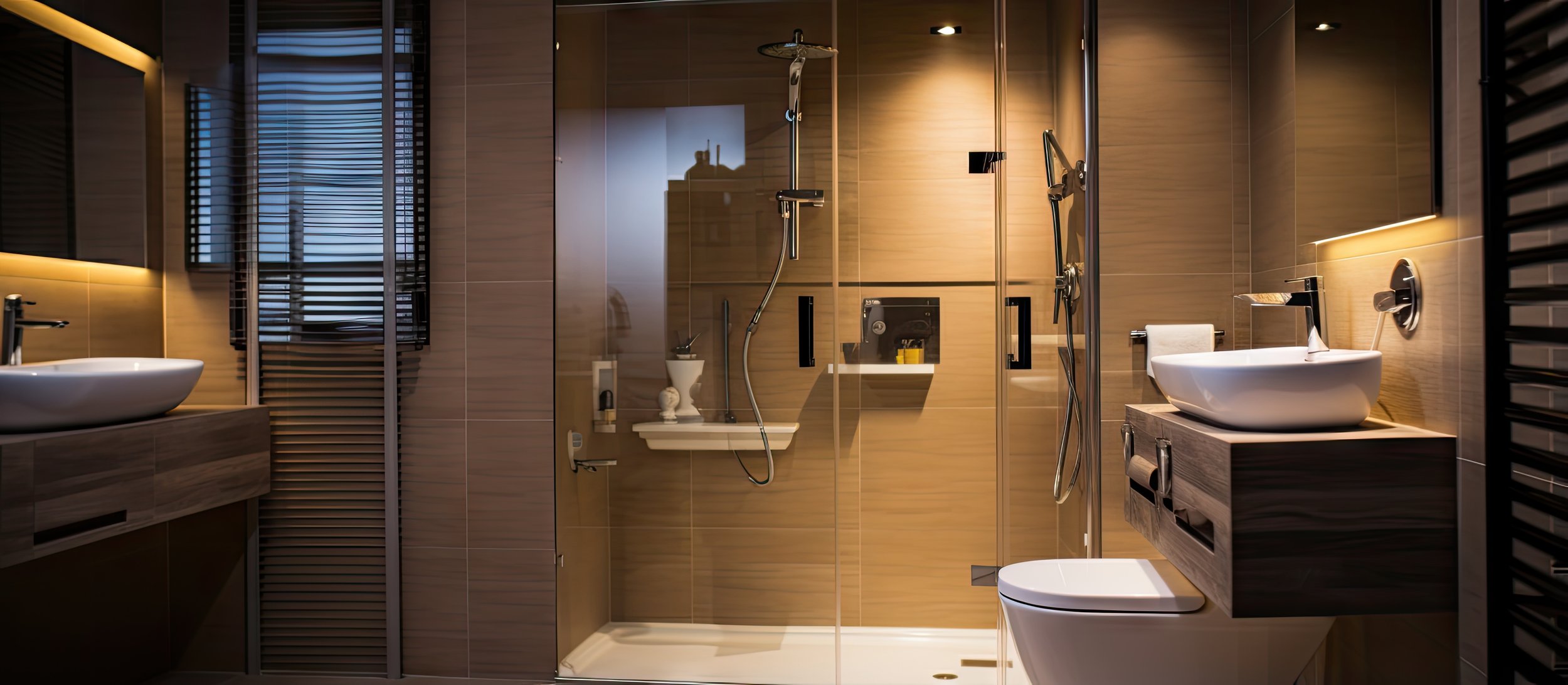Getting Nerdy About Houses - Residential Plumbing
The plumbing system within a house is one of the most crucial components of any residential building. There are two types of plumbing systems that include supply plumbing, plumbing that is responsible for providing clean water and waste (or drain) plumbing: plumbing that is responsible for disposing of water. When evaluating or maintaining a home, it is important to understand the different materials and components used in residential plumbing and how to properly maintain them. In this article, we will explore some of the most common types of materials and systems used in supply plumbing.
Supply Line on New Construction
The most important component used in residential supply plumbing is the pipe that carries the water to the house and fixtures. There are several types of pipes that are used in construction that are either mental or plastic based.
Metal pipes that are used are: copper, galvanized or lead. Lead and galvanized pipes are no longer used in construction but can be found in existing houses built prior to approximately 1965. Copper pipes are used because they are durable and resistant to corrosion. A common drawback is that they are a more expensive option and challenging to work with.
Plastic materials that are used in construction are PVC, Polybutylene, PEX. Polybutylene pipes are no longer in use but can be found in houses from 1978 - 1995. PVC pipes are lightweight and easy to install, but they are not as durable as other materials. PEX pipes are most frequently found in modern construction as they are a flexible material making it easy to bend, size, and install.
Washer Hookup Plumbing
Shower Plumbing
Another important component of the plumbing system is the water heater. The two most common types of water heaters are tank and tankless. Tank water heaters store hot water in a tank and use gas or electricity to heat it. Tankless (or “on demand’) water heaters heat water on demand using a system of coils and are heated by either gas or electricity. As a result, the tankless systems provide an endless supply of hot water. Both types have their advantages and disadvantages, and the best choice for your home will depend on your current configuration, hot water needs, and available budget. For maintenance tips, check out our article on How to Flush your Water Heater.
Tankless Water Heater
Supply plumbing fixtures, such as sinks, showers, and toilets, are also an important part of residential plumbing. These fixtures come in a wide variety of styles and materials, including stainless steel, ceramic, and porcelain. It's important to choose fixtures that are durable and able to withstand the demands of daily use.
Maintaining your plumbing system is essential for ensuring it functions properly and lasts as long as possible. This includes cleaning and unclogging drains, flushing water heaters regularly, checking frequently for leaks of all plumbing components, decalcifying metal components, and replacing worn, leaking, or damaged components. It may be advantageous to have your plumbing system inspected by a professional on a regular basis to help identify and fix any problems before they become significant issues.







